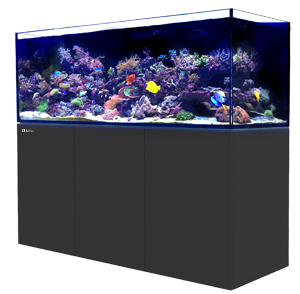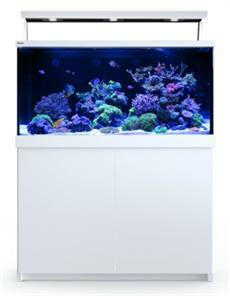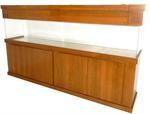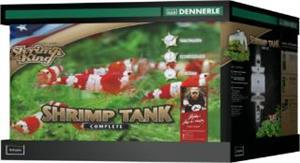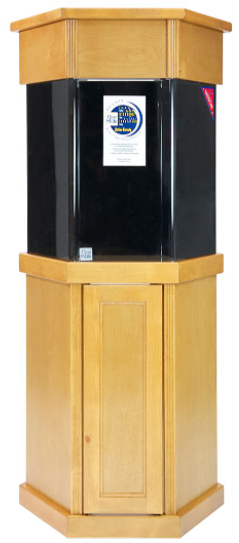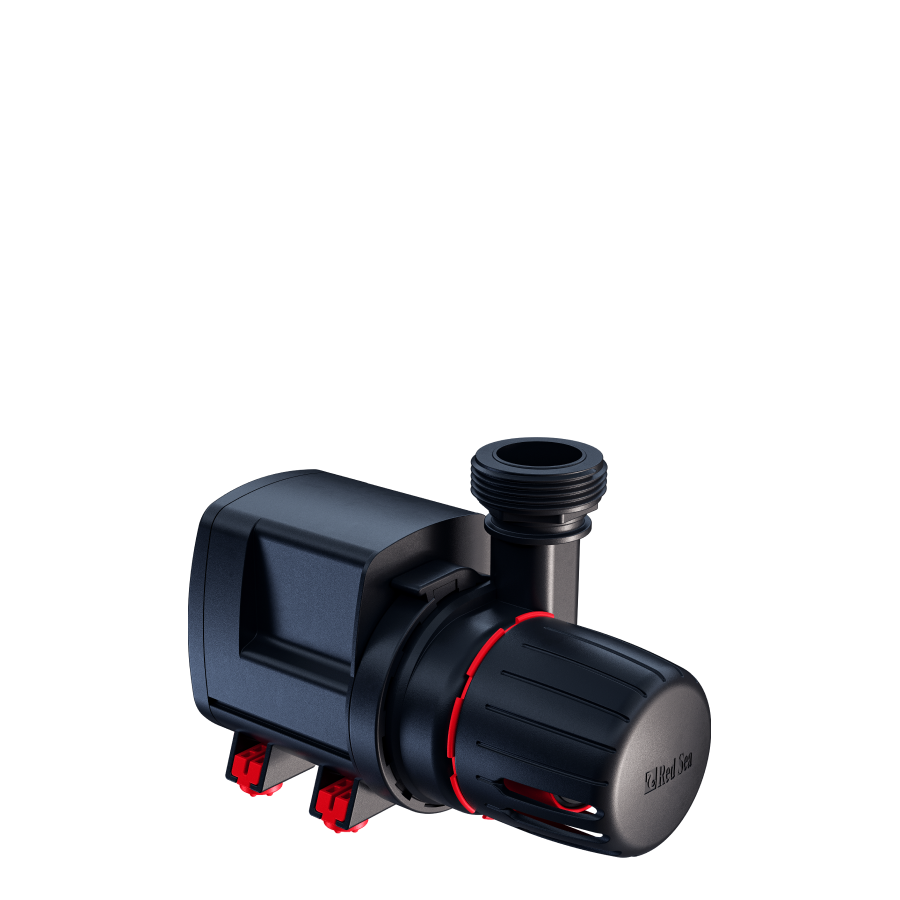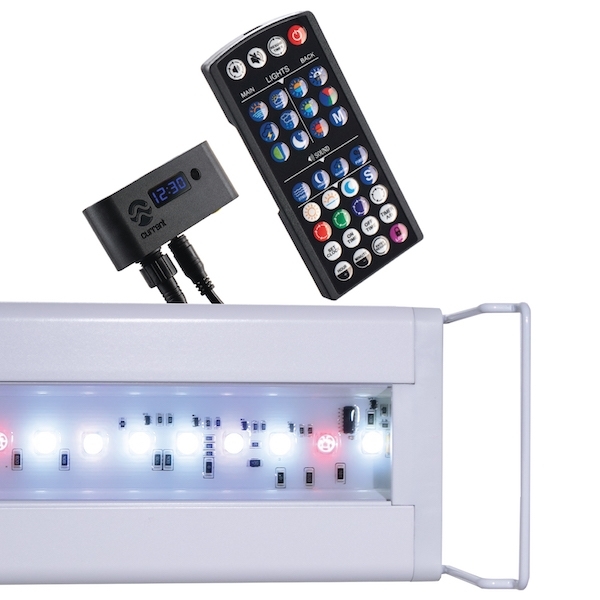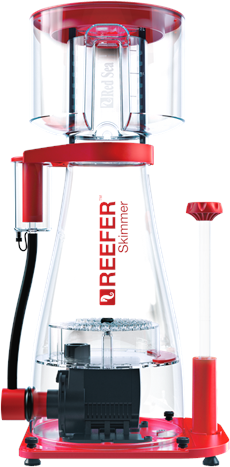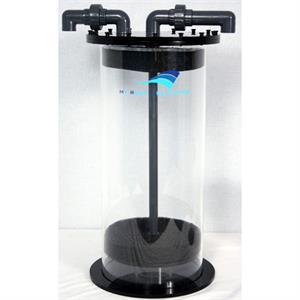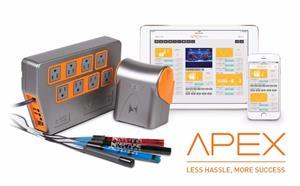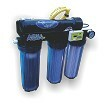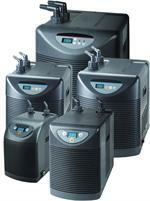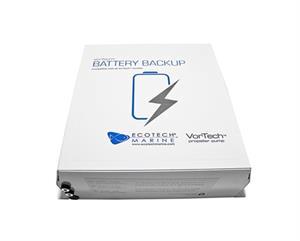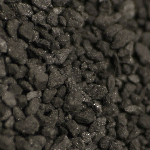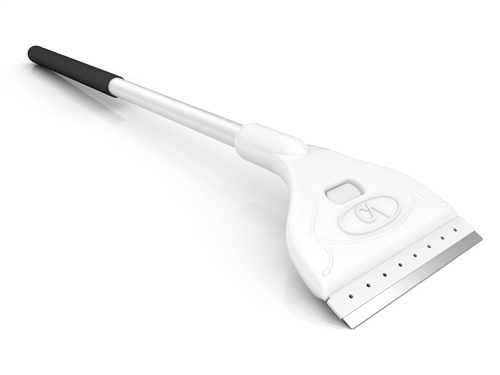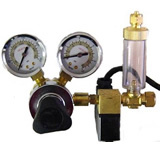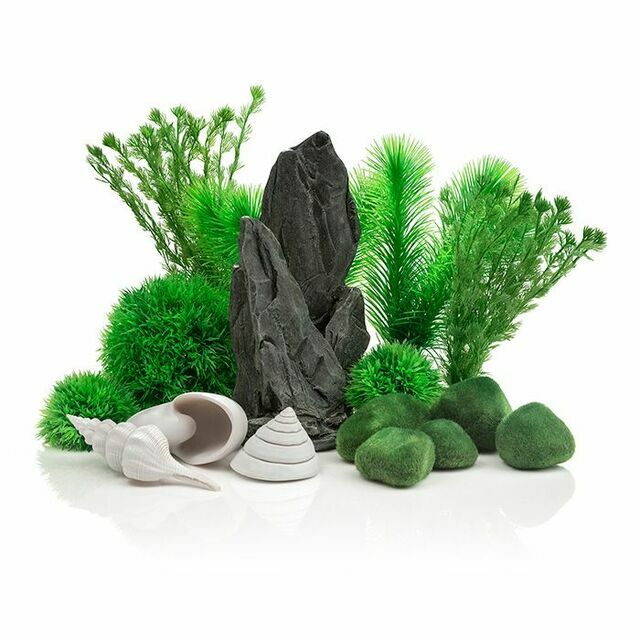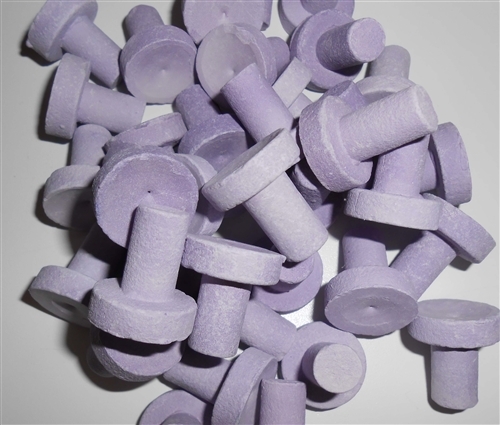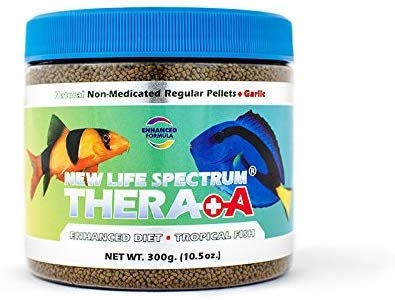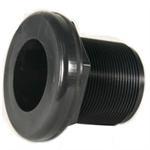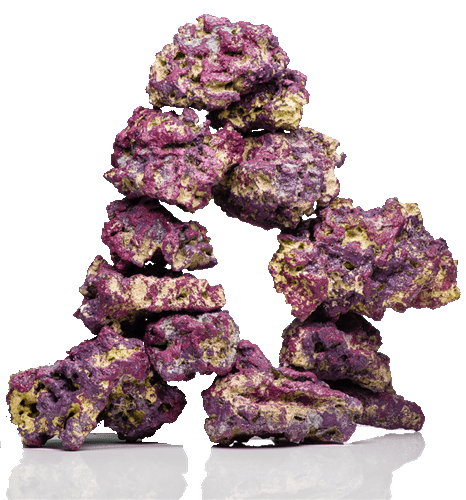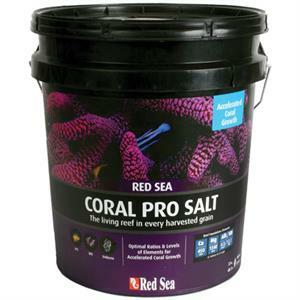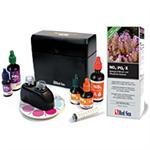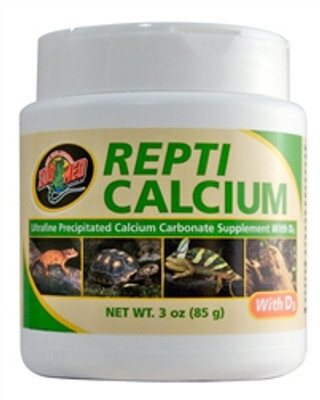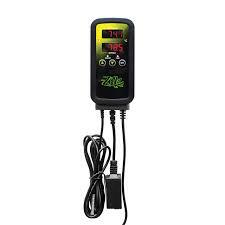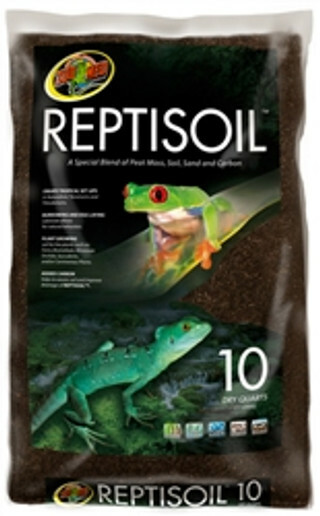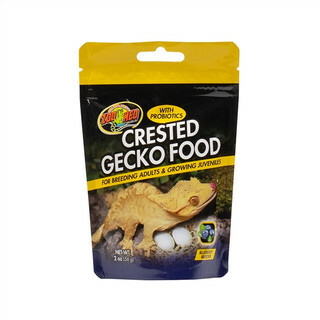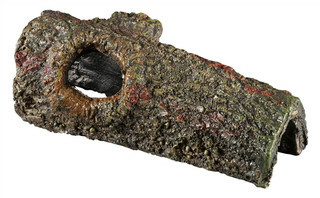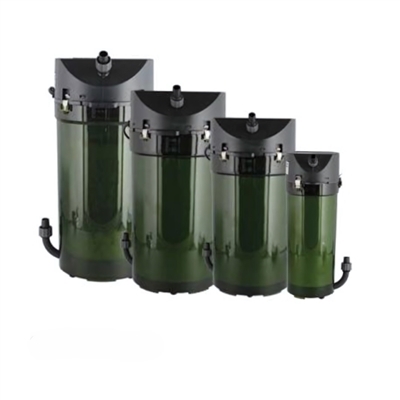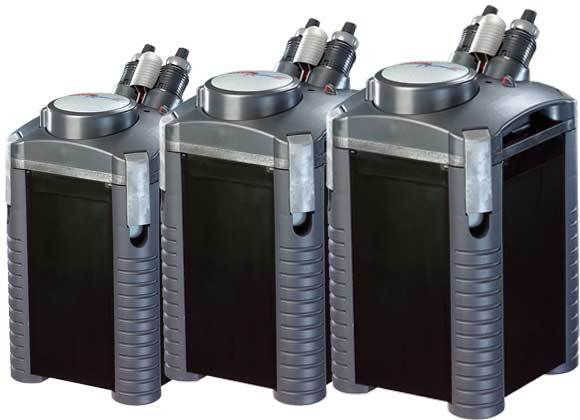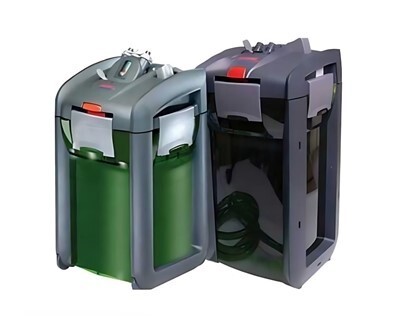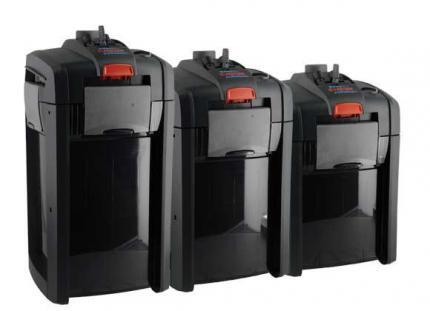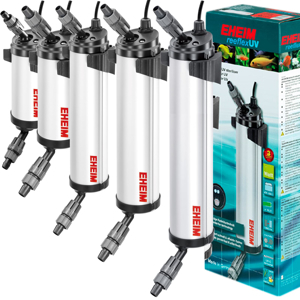Best Types of Gravel for Your Aquarium
Fish Tanks Direct on Nov 28th 2024
Gravel is an essential part of your aquarium setup. It not only enhances the look of your tank but also plays a crucial role in maintaining a healthy environment for your fish and plants. Choosing the right gravel can make a significant difference in your tank’s health and appearance.
In this article, we’ll explore the importance of gravel in your aquarium, the different types available, and how to choose the best one for your needs. We’ll also share tips on maintaining your gravel to ensure a thriving and beautiful tank.
Understanding the Role of Gravel in Your Aquarium
Gravel serves multiple important functions in an aquarium. Firstly, it acts as a biological filter by providing a surface area for beneficial bacteria to grow. These bacteria break down waste products, helping to keep the water clean and safe for your fish. Without a proper substrate like gravel, maintaining water quality becomes much harder.
Gravel also helps to anchor plants and decorations, giving your tank a natural and stable appearance. It prevents plants from floating around and getting uprooted. This is particularly important if you have live plants, as they require a secure substrate to root and grow properly.
Additionally, gravel can impact the pH level of the water. Certain types of gravel can either raise or lower the pH, depending on their composition. It’s something to consider, especially if you keep species of fish that prefer specific water conditions.
Last but not least, gravel contributes to the aesthetic appeal of your aquarium. Different colors and textures can create a visually pleasing environment that mimics natural habitats. This not only makes your tank more attractive but can also provide psychological benefits to the fish, making them feel more at home.
Different Types of Aquarium Gravel and Their Benefits
There are various types of aquarium gravel, each with its own set of benefits. Here’s a look at some of the most popular options:
1. Pea Gravel: This type of gravel consists of small, smooth, rounded pebbles. It's great for promoting bacterial growth due to its large surface area. Pea gravel is versatile and works well in both freshwater and saltwater tanks.
2. Colored Gravel: Available in a wide range of colors, this type can add a vibrant touch to your aquarium. Some colored gravel is coated with epoxy, making it safe for fish and plants. Make sure to choose non-toxic, aquarium-safe products.
3. Crushed Coral: Ideal for tanks housing fish that prefer hard water with higher pH levels. Crushed coral naturally raises the pH and hardness of the water, making it suitable for species like African cichlids.
4. Plant-Specific Gravel: Designed for planted aquariums, this gravel type often contains essential nutrients that promote plant growth. It typically has a porous texture that allows plant roots to anchor and spread easily.
5. Sand: While technically not gravel, sand is another popular substrate. It's great for bottom-dwelling fish and invertebrates that like to burrow. Sand provides a smooth surface, reducing the risk of injury to delicate fish.
Each type of gravel offers different benefits, so think about your specific needs and the habits of the fish and plants you plan to keep. The right gravel can make a big difference in the health and beauty of your aquarium.
How to Choose the Best Gravel for Your Aquarium
Choosing the best gravel for your aquarium depends on several factors. Think about the type of fish and plants you plan to keep. Different species have varying needs, and the right substrate plays a big role in their health and comfort.
Consider the size of the gravel particles. Smaller particles may compact and affect water flow, while larger particles provide better circulation and prevent gas build-up. For planted tanks, choose a substrate that supports root growth, such as plant-specific gravel or sand.
Water chemistry is another important factor. If you have fish that prefer a higher pH, crushed coral could be beneficial. For species that thrive in neutral water, regular pea gravel or sand works well. Always rinse the gravel thoroughly before adding it to your tank to remove dust and debris.
Aesthetics also matter. Pick a color and texture that complements your tank's design and enhances the beauty of your fish and plants. Neutral colors like brown and black provide a natural look, while colored gravel can add a vibrant touch.
Lastly, think about maintenance. Some types of gravel are easier to clean than others. Smooth, rounded gravel is less likely to trap debris, making it simpler to maintain. By considering these factors, you can choose the best gravel for your aquarium, ensuring a beautiful and healthy environment.
Tips for Maintaining Your Aquarium Gravel
Proper maintenance is key to keeping your aquarium gravel clean and effective. Here are some tips to help you maintain your gravel:
1. Regular Vacuuming: Use a gravel vacuum during water changes to remove uneaten food, fish waste, and other debris. Vacuum the substrate thoroughly, but avoid removing too much beneficial bacteria.
2. Stir the Gravel: Periodically stir the gravel with a stick or your hand. This helps prevent gas pockets from forming and keeps the substrate from compacting. It also allows debris to rise to the surface, making it easier to remove.
3. Avoid Overfeeding: Overfeeding your fish leads to excess waste that settles in the gravel. Feed your fish only what they can consume in a few minutes to reduce waste buildup.
4. Check Water Parameters: Regularly test your tank water for pH, ammonia, nitrites, and nitrates. Monitoring these levels helps you identify any issues early and take corrective action.
5. Rinse New Gravel: When adding new gravel to your tank, rinse it thoroughly under running water to remove dust and contaminants. This prevents cloudiness and keeps your tank clean.
6. Partial Water Changes: Perform regular partial water changes to maintain water quality. Replacing 20-30% of the water weekly helps dilute toxins and keeps your tank healthy.
By following these tips, you can maintain your aquarium gravel effectively, ensuring a clean, safe, and beautiful environment for your aquatic friends.
Conclusion
Gravel is a crucial component of your aquarium, offering more than just aesthetic value. It supports beneficial bacteria, anchors plants, and can even influence water chemistry. Choosing the right type of gravel depends on the needs of your fish and plants, as well as your tank’s overall setup. Proper maintenance of the gravel will keep your aquarium thriving and visually appealing.
Ready to elevate your aquarium in Venice, FL? Check out Fish Tanks Direct to find the perfect gravel and other essential supplies for your freshwater or saltwater tank. Start building your dream aquarium by shopping today with Fish Tanks Direct!

